URTI
How to submit an article:
- Registered users can submit any published journal article that has a unique DOI (Digital Object Identifier) name or link to Research Hub.
- For example, you can paste the full DOI link:
https://doi.org/10.1109/5.771073or just the DOI name:10.1109/5.771073into the field above and click submit. - The person who is first to submit a valid article to Research Hub will forever be credited for it, and every article submission earns you +6 Research Points.
Also known as: Upper Respiratory Tract Infection
Related Topics
Published research studies are articles that present the findings of original research that has undergone a peer-review process and has been made publicly available in scholarly journals, books or other media.

Effectiveness and safety of Qingfei Dayuan granules for treating influenza and upper respiratory tract infections manifested by the pulmonary heat-toxin syndrome: A multicenter, randomized, double-blind, placebo-controlled trial
2023 Mar 15 Frontiers in Pharmacology Li W, Xie L, Zhu X, Yang Y, Wang L, Yang M, et al.
The trial showed that QFDY was an effective and safe treatment modality for influenza and URTIs manifested by PHTS because it shortened the complete fever relief time, accelerated clinical recovery, and alleviated symptoms such as cough, a stuffy and running nose, and sneezing during the course of treatment.
Randomised Controlled Trial Qingfei Dayuan Granules Influenza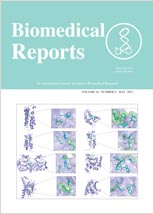
Evaluation of the effects of a honey‑based gel on blood redox biomarkers and the physiological profile of healthy adults: A pilot study
2023 Mar 21 Biomedical Reports Patouna A, Sevdalis P, Papanikolaou K, Kourti M, Skaperda Z, Jamurtas A, et al.
Clinical Study Honey High Blood PressureConsuming a honey-based gel, such as 'Bear Strength honey gel,' led to a notable reduction in diastolic and mean arterial blood pressure, with gender-specific improvements in redox status among healthy adults.
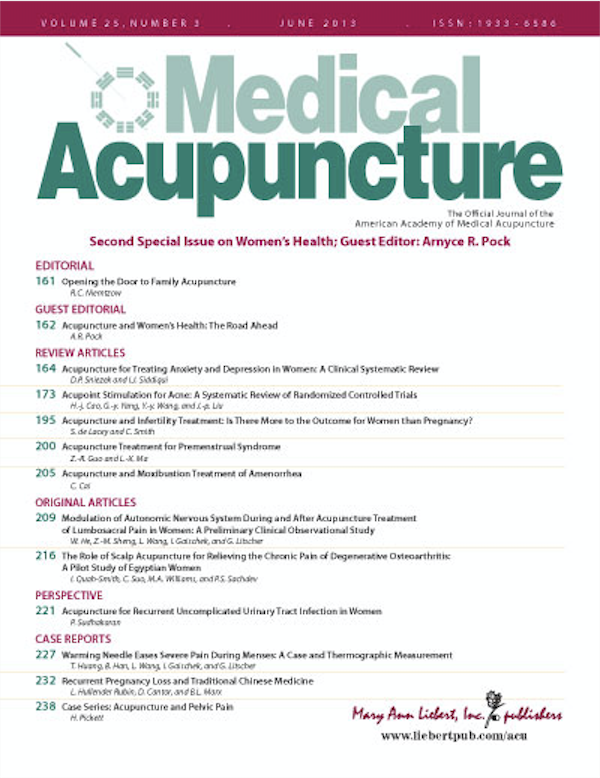
Electroacupuncture Effectiveness for Treating Idiopathic Male Infertility
2022 Dec 01 Medical Acupuncture Nurwati I, Murti B, Budihastuti UR, Prakosa T, Laqif A, Melinawati E, et al.
This case illustrated that electroacupuncture (EA) therapy for idiopathic male infertility has an effect toward improvement of the spermiogram test result, DNA Fragmentation Index (DFI), and success in achieving a pregnancy.
Case Report Male Fertility Electroacupuncture
Successful management of chronic urticaria and food allergies in a pediatric population using integrative traditional Chinese medicine therapy: a case series
2022 Nov 25 Clinical and Molecular Allergy Fan X, McKnight T, Neshiwat J, Park S, Chung D, Li XM
Three pediatric patients with a known history of multiple food sensitivities and physician-diagnosed food allergies that presented with frequent, persistent, and difficult to treat hives (FPDTH) underwent a TCM regimen and experienced dramatic improvement in symptoms and reduction in their IgE levels.
Case Report Children's Health
Efficacy and safety of Chinese medicine combined with acupuncture in the treatment of chronic urticaria: A meta-analysis
2022 Sep 09 Medicine Lu Z, Zhou Q, Chai S, Yang H, Wang J, Luo H, et al.
Systematic Review Meta-Analysis HivesAcupuncture coupled with traditional Chinese medicine may be more effective and safer than conventional Western medicine in treating chronic urticaria.
Research insights are moderated by the Research Hub team and offer an at-a-glance overview of interesting research findings.

2023 Biomedical Reports
Consuming a honey-based gel, such as 'Bear Strength honey gel,' led to a notable reduction in diastolic and mean arterial blood pressure, with gender-specific improvements in redox status among healthy adults.
Clinical Study High Blood Pressure Honey
Evaluation of the effects of a honey‑based gel on blood redox biomarkers and the physiological profile of healthy adults: A pilot study
Patouna A, Sevdalis P, Papanikolaou K, Kourti M, Skaperda Z, Jamurtas A, et al.

2022 Medicine
Acupuncture coupled with traditional Chinese medicine may be more effective and safer than conventional Western medicine in treating chronic urticaria.
Systematic Review Hives
Efficacy and safety of Chinese medicine combined with acupuncture in the treatment of chronic urticaria: A meta-analysis
Lu Z, Zhou Q, Chai S, Yang H, Wang J, Luo H, et al.
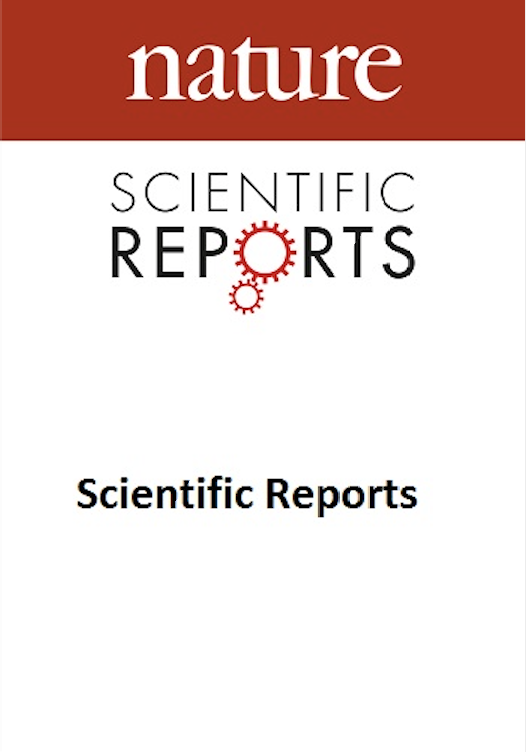
2022 Scientific Reports
Iron deficiency promotes a shift towards a more glycolytic metabolism, without detectable effect on mitochondrial bioenergetics, which can be corrected with iron supplements.
Experimental Study Iron Deficiency Skeletal Muscle
Abnormal whole-body energy metabolism in iron-deficient humans despite preserved skeletal muscle oxidative phosphorylation
Frise MC, Holdsworth DA, Johnson AW, Chung YJ, Curtis MK, Cox PJ, et al.
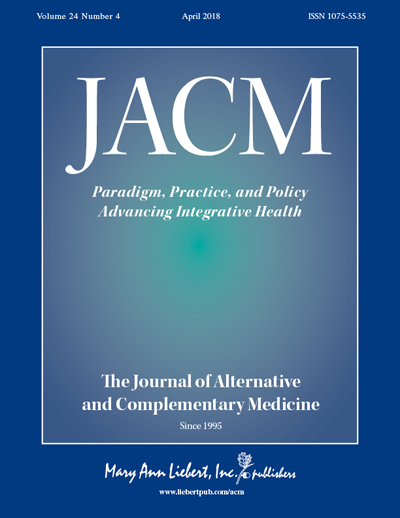
2021 The Journal of Alternative and Complementary Medicine
Acupuncture improves clinical outcomes in uremic pruritus, atopic dermatitis, urticaria, and itch.
Systematic Review
Acupuncture in Dermatology: An Update to a Systematic Review
Hwang J, Lio PA
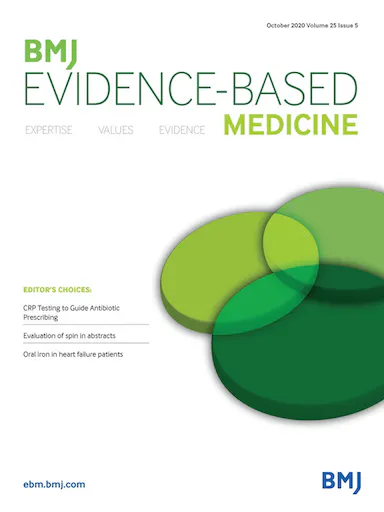
2020 BMJ Evidence-Based Medicine
Honey can be used as an alternative to antibiotics by clinicians who wish to offer treatment for upper respiratory tract infections, which may help to combat antimicrobial resistance.
Systematic Review Antimicrobial Cough
Effectiveness of honey for symptomatic relief in upper respiratory tract infections: a systematic review and meta-analysis
Abuelgasim H, Albury C, Lee J
Review Articles
Review articles summarise and critically evaluate the current state of research on a specific topic or field by synthesising multiple primary research studies.

Efficacy and safety of Chinese medicine combined with acupuncture in the treatment of chronic urticaria: A meta-analysis
2022 Sep 09 Medicine Lu Z, Zhou Q, Chai S, Yang H, Wang J, Luo H, et al.
Systematic Review Meta-Analysis HivesAcupuncture coupled with traditional Chinese medicine may be more effective and safer than conventional Western medicine in treating chronic urticaria.

Bupleuri radix for Acute Uncomplicated Respiratory Tract Infection: A Systematic Review of Randomized Controlled Trials
2022 Feb 04 Frontiers in Pharmacology Yan LJ, Wang ZJ, Fang M, Lan HD, Moore M, Willcox M, et al.
Low-certainty or very low-certainty evidence demonstrated that Bupleuri radix (solution for injections and pills) has an antipyretic effect on febrile patients with acute uncomplicated respiratory tract infection (ARTI), but it has no effect on other AURTI symptoms.
Systematic Review Chai Hu URTI Acute Uncomplicated Respiratory Tract Infection (ARTI)
Acupuncture in Dermatology: An Update to a Systematic Review
2021 Jan 01 The Journal of Alternative and Complementary Medicine Hwang J, Lio PA
Systematic ReviewAcupuncture improves clinical outcomes in uremic pruritus, atopic dermatitis, urticaria, and itch.

Effectiveness of honey for symptomatic relief in upper respiratory tract infections: a systematic review and meta-analysis
2020 Aug 18 BMJ Evidence-Based Medicine Abuelgasim H, Albury C, Lee J
Systematic Review Meta-Analysis Cough AntimicrobialHoney is more effective than usual care alternatives for improving upper respiratory tract infection symptoms, particularly cough frequency and cough severity.
Honey can be used as an alternative to antibiotics by clinicians who wish to offer treatment for upper respiratory tract infections, which may help to combat antimicrobial resistance.
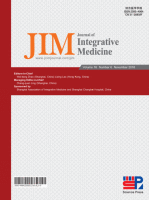
Cupping therapy for patients with chronic urticaria: A systematic review and meta-analysis
2020 Jul Journal of Integrative Medicine Xiao, X., Zhang, L., Shi, Y., et al.
Systematic Review Meta-Analysis Skin ConditionsCupping therapy, as an adjunct to current treatments, may potentially enhance efficacy when treating patients with chronic urticaria.
Clinical Trials
Clinical trials are research studies that involve people and are conducted to evaluate the safety and efficacy of new treatments or interventions, such as drugs, medical devices, or behavioural therapies.

Effectiveness and safety of Qingfei Dayuan granules for treating influenza and upper respiratory tract infections manifested by the pulmonary heat-toxin syndrome: A multicenter, randomized, double-blind, placebo-controlled trial
2023 Mar 15 Frontiers in Pharmacology Li W, Xie L, Zhu X, Yang Y, Wang L, Yang M, et al.
The trial showed that QFDY was an effective and safe treatment modality for influenza and URTIs manifested by PHTS because it shortened the complete fever relief time, accelerated clinical recovery, and alleviated symptoms such as cough, a stuffy and running nose, and sneezing during the course of treatment.
Randomised Controlled Trial Qingfei Dayuan Granules Influenza
Multi-center study for acupuncture combined with Chinese medicine in the treatment of chronic spontaneous urticaria based on the theory of taking shu-stream points when the disease is aggravated
2020 Aug 14 Medicine Qin Y, Guo J, Song P, Hou T, He Y, Han M, et al.
Randomised Controlled Trial Shu-Stream PointsCombining acupuncture via shu-stream acupoints with the Chinese herbal formulation Dang Gui Yin Zi presents a potentially effective treatment for Chronic Spontaneous Urticaria.
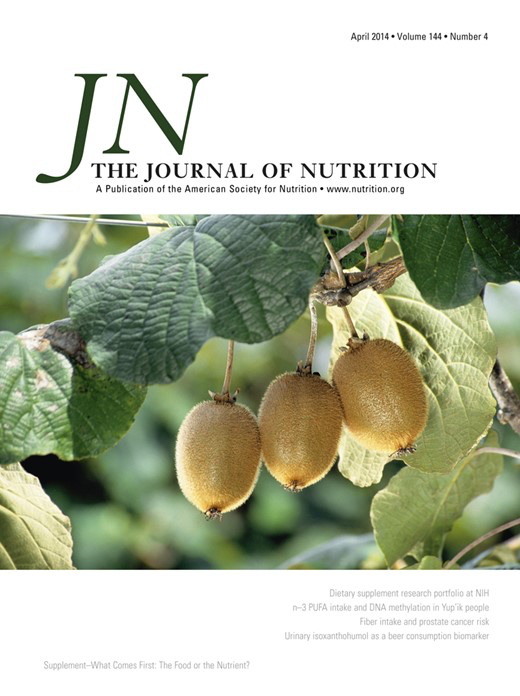
Consumption of Fish Oil Providing Amounts of Eicosapentaenoic Acid and Docosahexaenoic Acid That Can Be Obtained from the Diet Reduces Blood Pressure in Adults with Systolic Hypertension: A Retrospective Analysis
2016 Mar The Journal of Nutrition Minihane AM, Armah CK, Miles EA, Madden JM, Clark AB, Caslake MJ, et al.
Randomised Controlled Trial High Blood Pressure Omega-3 Fatty AcidsDietary omega-3 intake shows promise in lowering systolic blood pressure.

Treatment effectiveness of two Chinese herbal medicine formulae in upper respiratory tract infections--a randomized double-blind placebo-controlled trial
2012 Apr 05 Family Practice Wong W, Lam CLK, Fong DYT
Two CHM formulae commonly used for URTIs were not found to be more effective than placebo in either cure or reduction of symptoms of URTIs. However, Jing Fan Bai Du san might be able to improve general health more than placebo for patients with wind-cold syndrome. Both formulae were not associated with any more side effects.
Randomised Controlled TrialStudy Protocols
Published study protocols are detailed plans that outline the objectives, methodology, statistical analyses, and organisation of a research study that have been made publicly available for others to review and use as a reference.
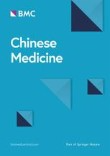
Efficacy and safety of modified Xiao-Feng Powder in the treatment of chronic urticaria: protocol of a randomized double-blind placebo-controlled study
2022 Jul 22 Chinese Medicine Hung HY, Song T, Loo SKF, Chan KL, Ching JYL, Sum CH, et al.
The results of this study will establish robust clinical evidence about the efficacy and safety of modified Xiao-Feng Powder (mXFP) in the treatment of chronic urticaria (CU). A specific feature of this trial is that it is a integrative medicine trial with subjects being allowed to take the Western and Chinese medicine together for the treatment.
Study Protocol Hives
Efficacy and safety of acupuncture for patients with chronic urticaria: study protocol of a randomized, sham-controlled pilot trial
2019 Jun 04 Trials Shi Y, Zheng H, Zhou S, Zheng Q, Zhang L, Xiao X, et al.
The pilot study mainly aims to investigate trial feasibility, and confirm basic information about its effects and safety. Results of this trial will help clarify whether the acupuncture treatment is beneficial for symptom improvement in patients with CU. The finding of this study will provide preliminary evidence on the effectiveness and safety of acupuncture for CU.
Study Protocol Skin ConditionsPresentation Slides

Clinical Study
Consuming a honey-based gel, such as 'Bear Strength honey gel,' led to a notable reduction in diastolic and mean arterial blood pressure, with gender-specific improvements in redox status among healthy adults.
Patouna A, Sevdalis P, Papanikolaou K, Kourti M, Skaperda Z, Jamurtas A, Kouretas D

Systematic Review
Acupuncture coupled with traditional Chinese medicine may be more effective and safer than conventional Western medicine in treating chronic urticaria.
Lu Z, Zhou Q, Chai S, Yang H, Wang J, Luo H, Cao Y, Tao M

Experimental Study
Iron deficiency promotes a shift towards a more glycolytic metabolism, without detectable effect on mitochondrial bioenergetics, which can be corrected with iron supplements.
Frise MC, Holdsworth DA, Johnson AW, Chung YJ, Curtis MK, Cox PJ, Clarke K, Tyler DJ, Roberts DJ, Ratcliffe PJ, Dorrington KL, Robbins PA

Systematic Review
Acupuncture improves clinical outcomes in uremic pruritus, atopic dermatitis, urticaria, and itch.
Hwang J, Lio PA

Systematic Review
Honey can be used as an alternative to antibiotics by clinicians who wish to offer treatment for upper respiratory tract infections, which may help to combat antimicrobial resistance.
Abuelgasim H, Albury C, Lee J

Systematic Review
Honey is more effective than usual care alternatives for improving upper respiratory tract infection symptoms, particularly cough frequency and cough severity.
Abuelgasim H, Albury C, Lee J

Randomised Controlled Trial
Combining acupuncture via shu-stream acupoints with the Chinese herbal formulation Dang Gui Yin Zi presents a potentially effective treatment for Chronic Spontaneous Urticaria.
Qin Y, Guo J, Song P, Hou T, He Y, Han M, Yu Q, Lin W, Chen M, Su H

Systematic Review
Cupping therapy, as an adjunct to current treatments, may potentially enhance efficacy when treating patients with chronic urticaria.
Xiao, X., Zhang, L., Shi, Y., Yao, J., Cao, W., Liu, Y., Zou, Z., Zhou, S., Chen, M., Li, C., Zheng, Q., & Li, Y.

Randomised Controlled Trial
Dietary omega-3 intake shows promise in lowering systolic blood pressure.
Minihane AM, Armah CK, Miles EA, Madden JM, Clark AB, Caslake MJ, Packard CJ, Kofler BM, Lietz G, Curtis PJ, Mathers JC, Williams CM, Calder PC
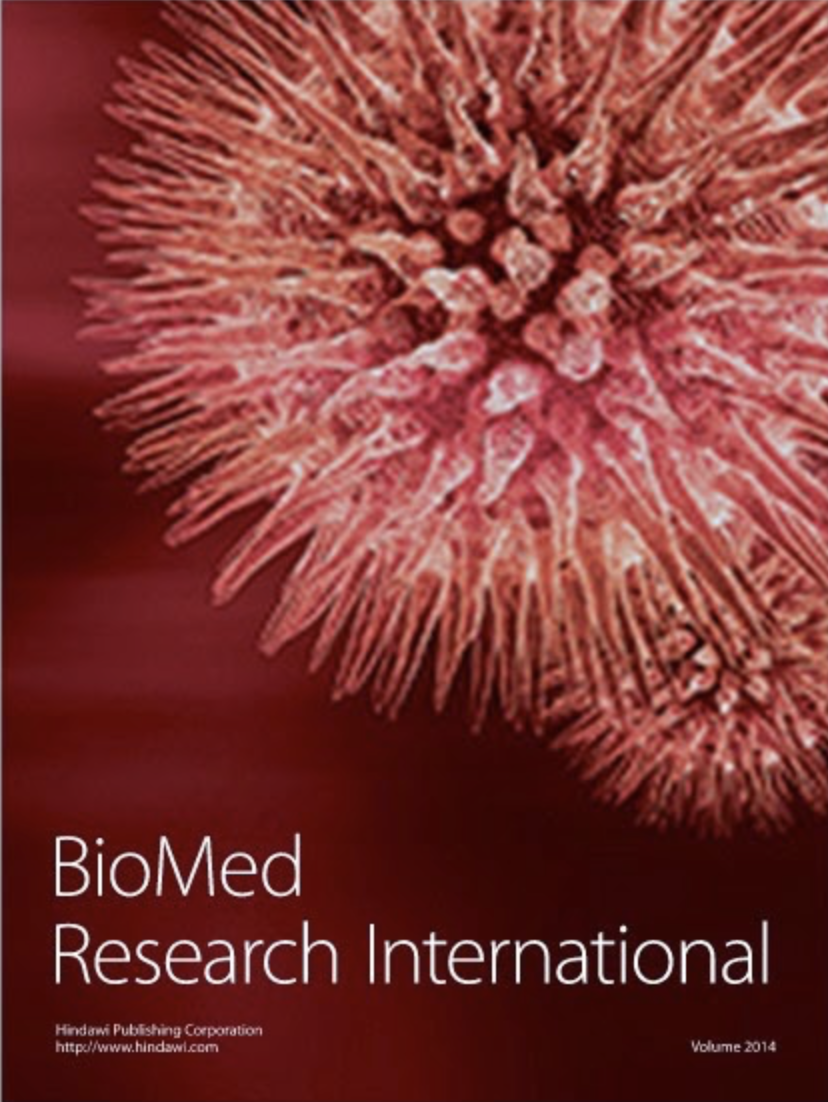
Systematic Review
Acupuncture may prove effective and safe in relieving symptoms of chronic urticaria.
Yao Q, Li S, Liu X, Qin Z, Liu Z

Systematic Review
Acupuncture improves outcome measures in the treatment of dermatitis, chloasma, pruritus, urticaria, hyperhidrosis, and facial elasticity.
Ma, C., & Sivamani, R. K.
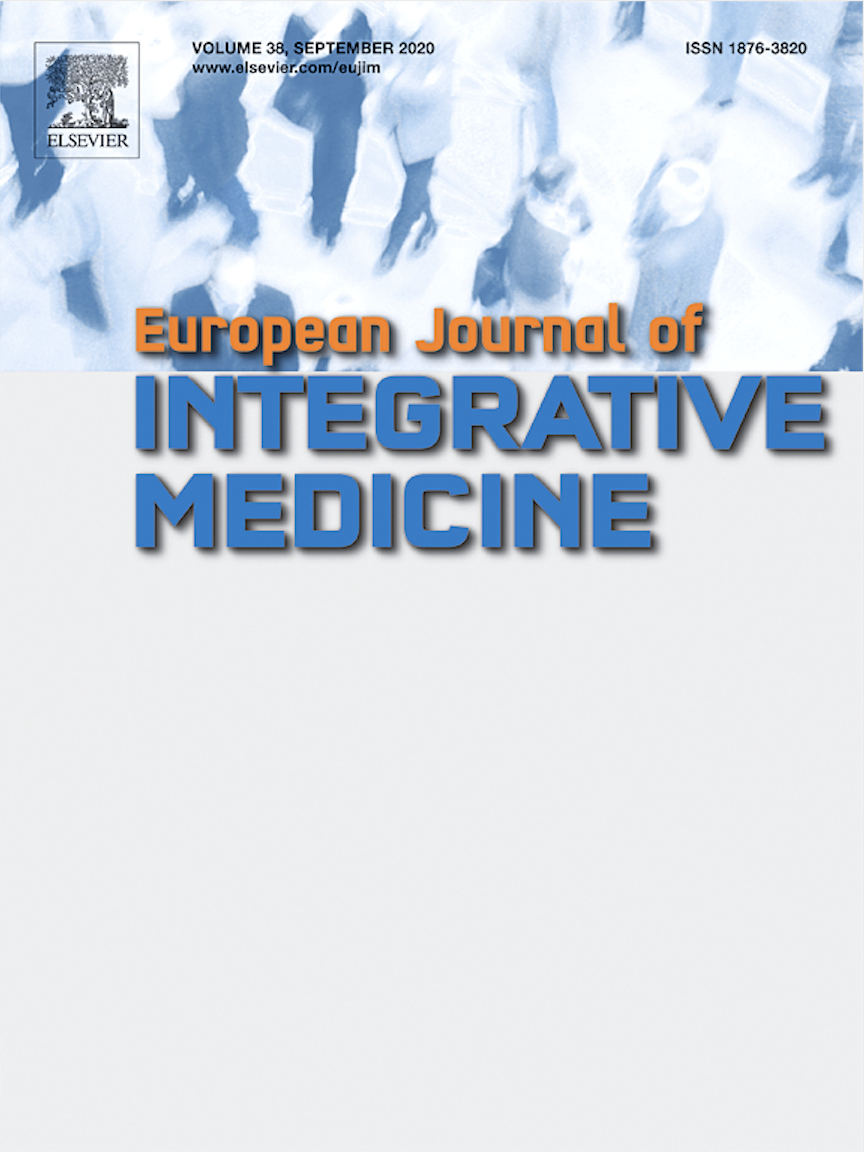
Traditional Chinese Medicine (TCM) is regularly used in treating upper respiratory tract infections, particularly for patients (more female patients in database found) with mild symptoms, using commonly preferred prescriptions, i.e Yin Qian San & Ma Xing Shi Gan Tang.
Yu JS, Ho CH, Hsu YC, Wang JJ, Hsieh CL
Executive Summary
Write an executive summary in the form of a blog article on the topic of "Research into Chinese medicine treatment for URTI" summarising the research below and using language that can be easily understood by patients and avoiding medical jargon using a professional and caring tone of voice.
Write an executive summary in the form of a blog article on the topic of "Researched Chinese medicine treatments for URTI" summarising the research below in an objective and easy to understand way, and using language that can be easily understood by patients. Group the article into Chinese medicine treatments first, followed by nutrition and other treatments. Avoid using medical jargon and use a professional and caring tone of voice.
Write me a concise but easy to understand executive summary on the topic of "Chinese medicine treatments for URTI" based on the following research that I will give you. Your summary should be 2 paragraphs long in Australian English spelling and include references to the studies.
A Clinical Study published in 2023 in the journal Biomedical Reports found that Consuming a honey-based gel, such as 'Bear Strength honey gel,' led to a notable reduction in diastolic and mean arterial blood pressure, with gender-specific improvements in redox status among healthy adults. The study included 20 healthy participants (10 men, 10 women) who incorporated 70g of 'Bear Strength honey gel' into their daily diet for 14 days. Physiological parameters (weight, height, BMI, body fat, waist-to-hip ratio, resting heart rate, and blood pressure) and hematological data were evaluated before and after consumption. Redox biomarkers, including Glutathione (GSH), catalase (CAT), total antioxidant capacity (TAC), protein carbonyls (PCARBS), and thiobarbituric reactive substances (TBARS), were measured. Post-consumption, the honey-based gel showed a significant decrease in diastolic and mean arterial blood pressure, particularly in women. However, no significant changes were observed in other physiological or hematological variables. Notably, GSH levels increased in both genders, TAC increased universally, and TBARS levels decreased in the total group and women. PCARBS levels decreased exclusively in the women's group. These findings highlight the honey-based gel's potential positive impact on blood pressure and redox status, emphasizing gender-specific effects in healthy adults.
A Systematic Review published in 2022 in the journal Medicine found that Acupuncture coupled with traditional Chinese medicine may be more effective and safer than conventional Western medicine in treating chronic urticaria. To compare the efficacy of acupuncture with traditional Chinese medicine to conventional Western medicine, several databases, including Pubmed, Embase, Cochrane Library, CNKI, Wanfang, CQVIP, and CBM, were searched until August 2021. The criterion for inclusion were randomized control trials where the experimental group was treated with acupuncture and traditional Chinese medicine, and the control group with conventional Western medicine. Studies were excluded if they were repeated publications, lacked full text, incomplete in information, or incapable of data extraction. Animal experiments, reviews, and systematic reviews were also disregarded. Data analysis was conducted using STATA 15.1 software. The analyzed results revealed that the total effective rate of the group treated with acupuncture and traditional Chinese medicine was noticeably higher than those treated with conventional Western medicine. Additionally, this group showed considerably lower Urticaria Activity Scores and pruritus scores compared to those treated with Western medicine. However, there was no substantial difference shown in the wheal score between both groups. Significantly, the recurrence rate and the incidence rate of adverse events in the group treated with acupuncture and traditional Chinese medicine were markedly lower than the other group. This highlights the greater effectiveness and safety of the combination of acupuncture and traditional Chinese medicine for chronic urticaria compared to Western medicine.
A Experimental Study published in 2022 in the journal Scientific Reports found that Iron deficiency promotes a shift towards a more glycolytic metabolism, without detectable effect on mitochondrial bioenergetics, which can be corrected with iron supplements. The methodology of this prospective, case-control, clinical physiology study involved two series of testing. Thirteen iron-deficient individuals and thirteen iron-replete control participants were chosen for the study, and they underwent P-magnetic resonance spectroscopy of their exercising calf muscles to investigate the differences in oxidative phosphorylation. This testing was followed by a whole-body cardiopulmonary exercise test. After these assessments, individuals were given an intravenous infusion, which was randomised to be either iron or saline. The results showed no significant influence of either baseline iron levels or the intravenous iron infusion on the high-energy phosphate metabolism. In the case of submaximal cardiopulmonary exercise, the rate of decline in blood lactate concentration was slower for the iron deficient group, which shows signs of abnormal energy metabolism on a whole-body level. Remarkably, this anomaly was corrected after an intravenous iron infusion. Furthermore, the intravenous iron also increased the lactate threshold during maximal cardiopulmonary exercise by around 10%, no matter what the baseline iron status of the individual was.
A Systematic Review published in 2021 in the journal The Journal of Alternative and Complementary Medicine found that Acupuncture improves clinical outcomes in uremic pruritus, atopic dermatitis, urticaria, and itch. A systematic review published in 2015 found that acupuncture improves outcomes in several dermatological diseases. We performed a systematic review of studies that have been done since then to present updated evidence. Results showed that acupuncture improves clinical outcomes in uremic pruritus, atopic dermatitis, urticaria, and itch. Acupuncture does not significantly reduce postoperative itch in patients undergoing cesarean section under spinal anesthesia. While there are some promising studies that support the use of acupuncture for skin diseases, additional large-scale, randomized, sham-controlled trials need to be performed to present consistent high-level evidence of acupuncture's role in dermatology.
A Systematic Review published in 2020 in the journal BMJ Evidence-Based Medicine found that Honey can be used as an alternative to antibiotics by clinicians who wish to offer treatment for upper respiratory tract infections, which may help to combat antimicrobial resistance. Upper respiratory tract infections (URTIs) are the most frequent reason for antibiotic prescription. Since the majority of URTIs are viral, antibiotic prescription is both ineffective and inappropriate. However, a lack of effective alternatives, as well as a desire to preserve the patient–doctor relationship, both contribute to antibiotic over prescription. Antibiotic overuse is a key driver of antimicrobial resistance, rated by the UK government as one of the top 10 risks facing Britain. Furthermore, drug resistant infections are associated with worse patient outcomes than antibiotic susceptible infections, underlining the impact of antimicrobial resistance on individual patients.
A Systematic Review published in 2020 in the journal BMJ Evidence-Based Medicine found that Honey is more effective than usual care alternatives for improving upper respiratory tract infection symptoms, particularly cough frequency and cough severity. We identified 1345 unique records, and 14 studies were included. Overall risk of bias was moderate. Compared with usual care, honey improved combined symptom score, cough frequency. We combined two studies comparing honey with placebo for relieving combined symptoms. Honey was superior to usual care for the improvement of symptoms of upper respiratory tract infections. It provides a widely available and cheap alternative to antibiotics. Honey could help efforts to slow the spread of antimicrobial resistance, but further high quality, placebo controlled trials are needed.
A Randomised Controlled Trial published in 2020 in the journal Medicine found that Combining acupuncture via shu-stream acupoints with the Chinese herbal formulation Dang Gui Yin Zi presents a potentially effective treatment for Chronic Spontaneous Urticaria. The research employed a multicenter, randomized, controlled study design emphasizing on evaluating the efficacy and safety of integrating Chinese herbal medicine with a particular acupuncture technique. The research participant group constituted 111 outpatients suffering from Chronic Spontaneous Urticaria, all aged between 18 to 65 years. These participants underwent randomization into three distinct groups. Group A received the basic acupuncture combined with the herbal formulation Danggui Yinzi, while Group B was given Dangui Yinzi and acupuncture using shu-stream acupoints. The control group was only treated using Dangui Yinzi. Treatment for all groups lasted for 4 weeks, with an additional 8-week monitoring period. The study (while ignoring the quantitative data) showed that the alternative approach using a combination of shu-stream acupoints and Chinese herbal medicine in treating Chronic Spontaneous Urticaria resulted in noticeable changes in the patients' conditions. This was reflected in the patients' symptoms, side effects of the treatment, and overall quality of life. This method introduced an innovative, cost-effective, and straightforward treatment strategy for solving a complex clinical issue.
A Systematic Review published in 2020 in the journal Journal of Integrative Medicine found that Cupping therapy, as an adjunct to current treatments, may potentially enhance efficacy when treating patients with chronic urticaria. The research adopted a systematic review of randomized controlled trials, with the focus on efficacy and safety of cupping therapy for chronic urticaria. The researchers employed a search strategy aimed at identifying related keywords like "chronic urticaria" and "cupping therapy" in the title and abstracts, sourced from nine major electronic databases up till May 2019. Only trials that included patients with chronic urticaria who received dry or wet cupping were considered. The quality of the methodological design and potential bias of the studies were evaluated. The findings suggest the efficacy of cupping therapy when used, not as a standalone treatment, but as an adjunct to other treatments, particularly to antihistamines and acupuncture. In a sample of trials, there were no significant differences between using wet cupping and conventional medications in terms of their total effective rate. However, cupping therapy combined with antihistamines or acupuncture was found to be more effective than when these treatments were used separately. No serious adverse events were reported as part of these findings.
A Randomised Controlled Trial published in 2016 in the journal The Journal of Nutrition found that Dietary omega-3 intake shows promise in lowering systolic blood pressure. A study involving 312 participants investigated the effects of achievable dietary intake of omega-3 fatty acids, specifically eicosapentaenoic acid (EPA) and docosahexaenoic acid (DHA), on blood pressure and vascular function. Participants were divided into groups receiving different doses of EPA+DHA for 8 weeks. Overall, there were no significant effects observed. However, in individuals with isolated systolic hypertension (SHT), a clinically meaningful reduction in systolic blood pressure (5 mm Hg) was noted with a low dose of EPA+DHA (0.7 g). The study suggests that even modest omega-3 intake may have potential benefits in reducing cardiovascular risk for individuals with SHT. Further research is recommended for conclusive results.
A Systematic Review published in 2016 in the journal BioMed Research International found that Acupuncture may prove effective and safe in relieving symptoms of chronic urticaria. In the methodology, a systematic review and meta-analysis were carried out incorporating randomised controlled trials. The main outcome focused on was global symptom improvement. The results indicated that out of the 6 studies with 406 participants, three trials demonstrated a substantial difference between acupuncture and medication in terms of global symptom improvement. Moreover, when acupuncture was used as an addition to medication, it showed beneficial effects for global symptom improvement. No severe adverse events related to acupuncture were reported. Limitations included high bias risk across the trials, and methodological restrictions.
A Systematic Review published in 2015 in the journal Journal of Acupuncture and Meridian Studies found that Acupuncture improves outcome measures in the treatment of dermatitis, chloasma, pruritus, urticaria, hyperhidrosis, and facial elasticity. Twenty-four studies met inclusion criteria. Among these, 16 were randomized controlled trials, 6 were prospective observational studies, and 2 were case reports. Acupuncture was used to treat atopic dermatitis, urticaria, pruritus, acne, chloasma, neurodermatitis, dermatitis herpetiformis, hyperhidrosis, human papillomavirus wart, breast inflammation, and facial elasticity. In 17 of 24 studies, acupuncture showed statistically significant improvements in outcome measurements compared with placebo acupuncture, alternative treatment options, and no intervention.
A published in 2014 in the journal European Journal of Integrative Medicine found that Traditional Chinese Medicine (TCM) is regularly used in treating upper respiratory tract infections, particularly for patients (more female patients in database found) with mild symptoms, using commonly preferred prescriptions, i.e Yin Qian San & Ma Xing Shi Gan Tang. In this study, data from the National Health Insurance Research Database was analyzed with particular attention to the treatments used for upper respiratory tract infections (URTIs). The International Classification of Diseases, Ninth Revision, Clinical Modification diagnoses codes for Taiwan in 2009, were used to identify these treatments. Techniques of data mining and association rules were deployed to examine co-prescriptions of TCM for patients with URTIs. Discussion of the results shows that out of a sample of 472,005 patients who sought treatment for URTIs, approximately 10 percent were treated with TCM and among these, over three-fifths were female. A majority - 79 percent - presented with an acute common cold. The study also noted that certain prescriptions, namely Yin-Qiao-San and Ma-Xing-Gan-Shi-Tang, were most commonly combined for patients with URTIs. The insight showed that patients were more likely to request TCM treatment if their symptoms were mild and they were women. Chinese medicine doctors treating URTIs generally adhered to TCM theory.
Moderation Tools
Topic
Sign In
Users not signed in are limited to viewing the 5 most recent items of content.